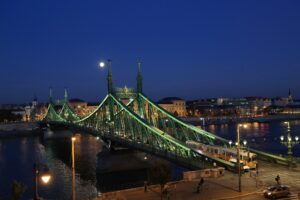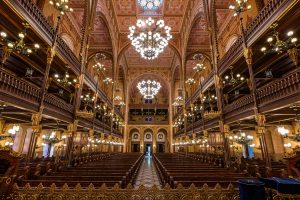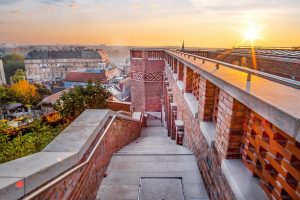The concept of the inner city is similar across the globe. Whichever part of the world you set foot in, when you visit the centre of the city it’s like watching a time-lapse video unfold in real life: the urban fabric, composed of streets, buildings, store fronts, and squares showcase the imprints of different eras, customs, and historical periods. Discover the inner city of Budapest, where old meets new, with Beyond Budapest!
Has it ever occured to you when strolling through the historic center of a major capital city that every urban feature is essentially the same as anywhere else, just guised in a different attire? Shops, cafés, restaurants, cinemas, theatres, concert halls, music venues, offices and banks following in close succession. The reason behind this lies in the evolutionary history of the city itself. The Secret Sights of Downtown Budapest walking tour of Beyond Budapest tells you the tale of how the inner city of Pest gained its present shape, and uncovers the exciting, hidden stories of its timeworn houses.
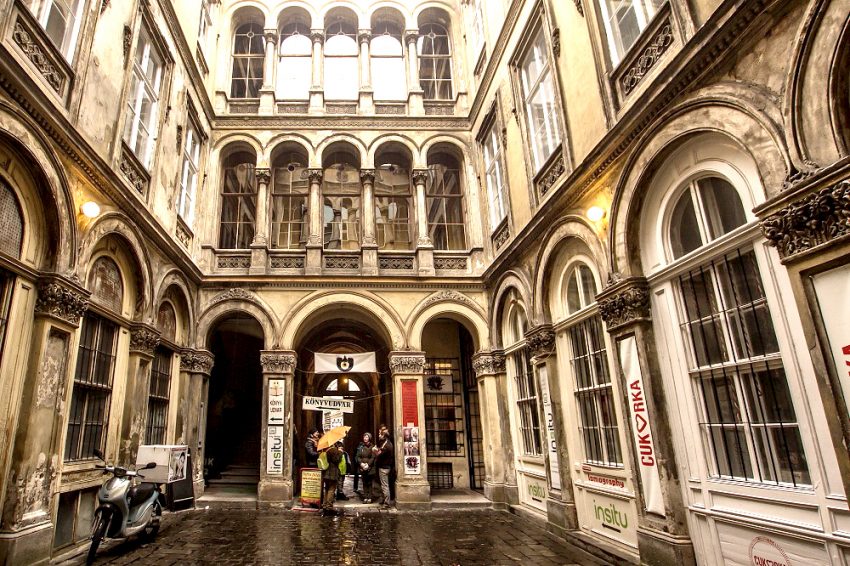
Wherever trade is taking place, flocks of people will also appear. Wherever there’s an abundance of people, there’s also a variety of needs that are just waiting to be satisfied. Naturally, where there’s a need, services soon follow. Whoever decided to move to the capital to sell their products, also needed a place to eat or have a cup of coffee before going to work – thus the first restaurants and coffee houses were born. From the exchange of goods follows that there must be a circulation of money, which presupposes an institutional background, so companies and financial institutes opened their headquarters nearby to commercial hubs. Just like birds of a feather flock together, vendors too have a natural tendency to set up their shops close to each other. As the number of services grew, so did the amount of people who decided to move to the city. Besides eating, working and sleeping, these newcomers also wanted to be entertained: just like that, theatres, cabarets, revues and later on cinemas popped their heads up.

Standing on Fővám tér, where the walk begins, it’s easy to imagine how the Great Market Hall came to life, what made Váci utca the city’s number one shopping street, or why was Centrál Coffee House opened. Beyond Budapest’s walking tour is more than a simple history lesson though. Find out where the ancient town wall of Pest stood, where the first 24/7 café was situated, who its patrons were, what Kincsem, Hungary’s legendary thoroughbread race horse has to do with the inner city, and who we have to thank for having a street called Magyar utca in the centre of Budapest.

Even though they don’t have a voice, every street has stories and adventures to share. Each street, square or name of a building carries a very unique heritage, preserving the memory of their former function and inhabitants. The buildings in which you study, work, relax, shop or run an errand were designed by the greatest architects of their age, full of fine, often unseen details. Such walks not only provide an opportunity to get to know the history of the city around you, but they also help you take notice of special features that you would’ve missed otherwise. Once you know the kind of secrets that these centuries-old buildings hide, you will never be able to look at the inner city in the same way.
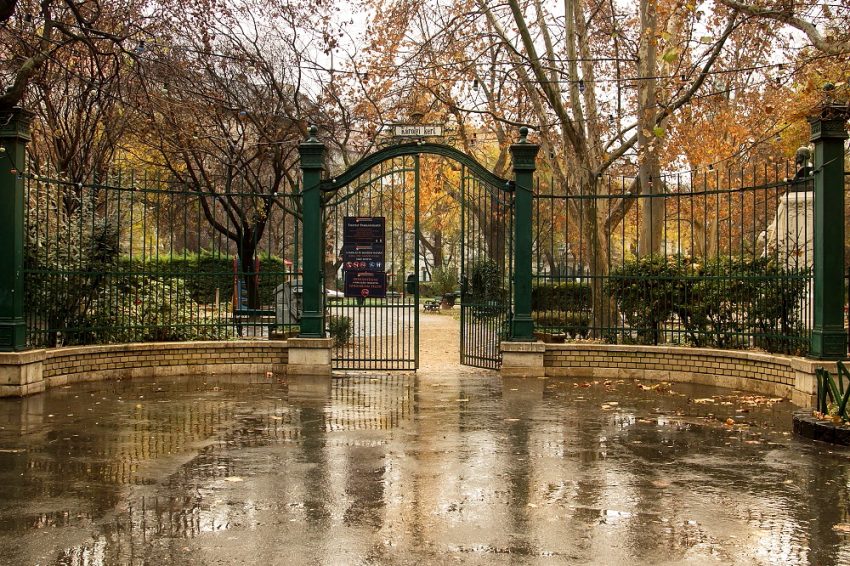
For example, did you know that the building of the New City Hall had to be redesigned? The original plans of Imre Steindl were designed in Gothic Revival style, but it would’ve reminded the citizens of Pest too much of the Gothic churches of Germany, so three months after the construction has started, Steindl revised his plans, which eventually gave birth to the present-day neorenaissance building.
Similarly to how history is more than just a series of events, what makes a city truly wonderful, unique and exciting is that it was shaped by a chain of events, little by little, one generation at a time. The only thing that’s more exciting is the fact that our generation also has the power to shape how people will see Budapest in a hundred years’ time.
